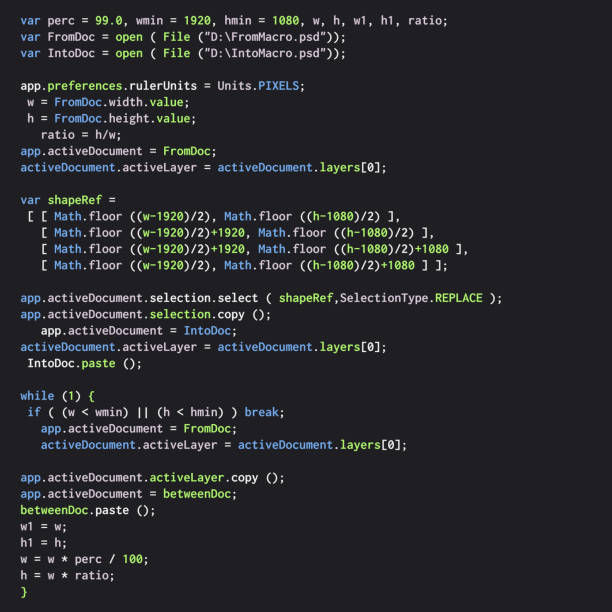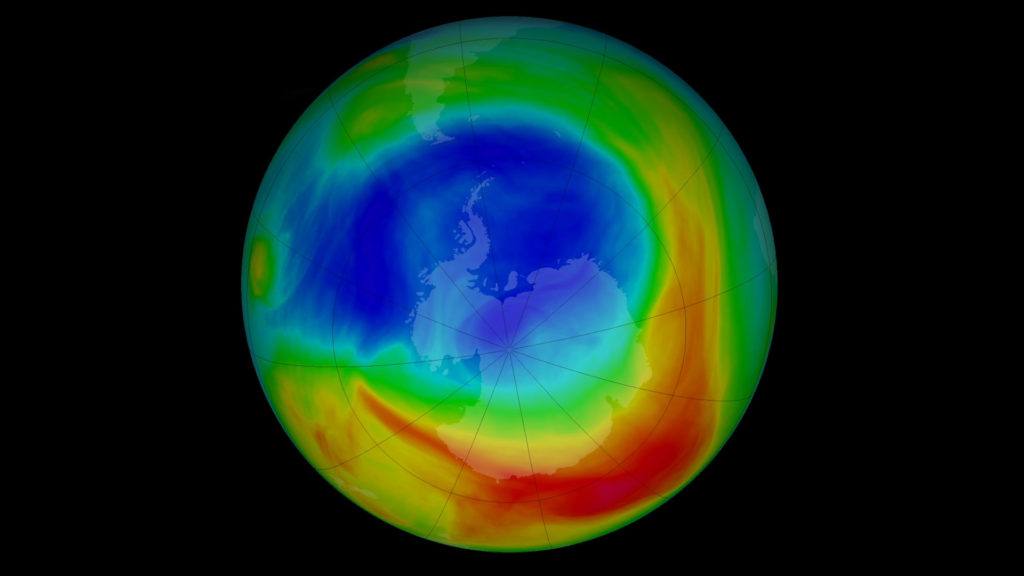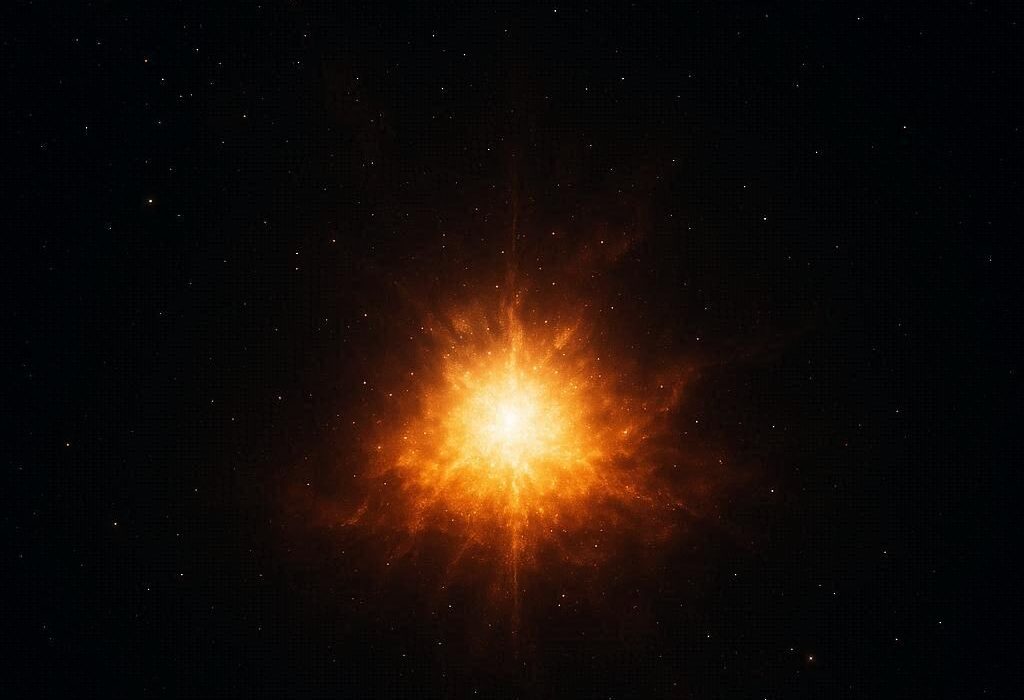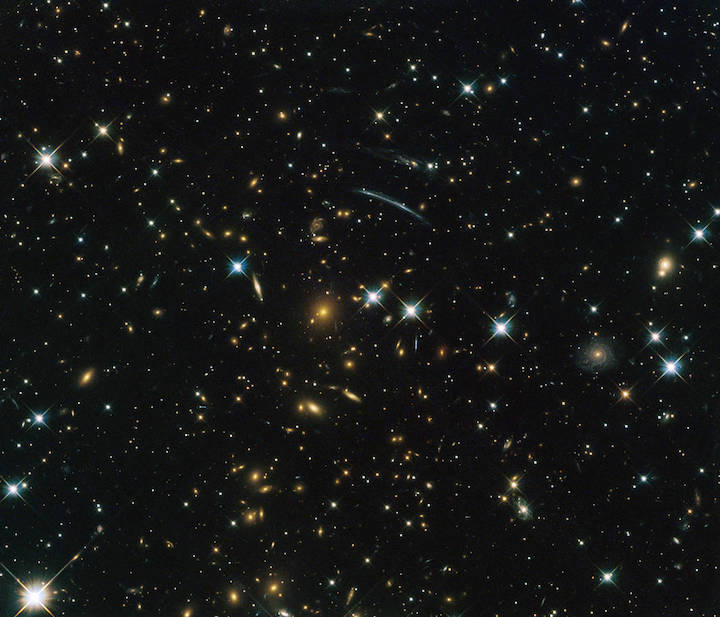Space often looks serene and beautiful when we gaze at the night sky. Stars twinkle, planets glow softly, and sometimes we see a comet streak across the heavens. But beyond this calm facade lies a harsh and dangerous reality. The universe is filled with objects that can destroy worlds, extinguish civilizations, and reshape the cosmos. Some of these objects are wandering silently through the darkness, some are remnants of cosmic violence, and some are closer to Earth than we would like to admit.
When astronomers study the heavens, they are not only uncovering the story of how the universe came to be but also identifying threats that could one day collide with our planet. These objects—asteroids, comets, black holes, rogue planets, and more—are powerful reminders that space is not a safe or empty void but a vast and unpredictable frontier.
Here are the 10 most dangerous objects floating in space, each with the potential to reshape life as we know it.
1. Near-Earth Asteroids
Among the most immediate threats to Earth are near-Earth asteroids—massive chunks of rock and metal orbiting the Sun that occasionally cross paths with our planet. Throughout Earth’s history, asteroid impacts have been catastrophic. The most famous example is the Chicxulub impact about 66 million years ago, which caused the extinction of the dinosaurs. That single asteroid, estimated at about 10 kilometers wide, unleashed the force of billions of nuclear bombs, triggering wildfires, tsunamis, and a global “impact winter.”
Today, astronomers keep a vigilant eye on these so-called “potentially hazardous asteroids.” Even a rock only a few hundred meters across could devastate an entire continent if it hit Earth. The good news is that space agencies around the world are developing planetary defense systems, such as NASA’s DART mission, which successfully tested deflecting an asteroid by crashing a spacecraft into it. But the danger remains ever-present.
Near-Earth asteroids remind us that life on our planet is more fragile than we like to believe, and that cosmic chance has played a role in shaping history.
2. Comets from the Oort Cloud
Far beyond Pluto, in a distant icy shell called the Oort Cloud, trillions of frozen objects silently orbit the Sun. Occasionally, one of these icy wanderers is nudged by the gravity of a passing star or giant planet and sent hurtling inward toward the inner Solar System. When this happens, we witness spectacular comets, with bright tails stretching millions of kilometers across the sky.
But behind their beauty lies danger. Comets are fast—much faster than most asteroids—often moving at speeds exceeding 70 kilometers per second. A comet only a few kilometers wide could unleash far more destruction than an asteroid of similar size because of its immense velocity. If such an object struck Earth, the impact would be globally catastrophic.
Comets also have unpredictable paths, making them harder to track. While most comets pass harmlessly by, the possibility of one being directed straight at Earth is not zero. For this reason, astronomers scan the skies constantly, hoping to identify dangerous comets early enough to mount a defense.
3. Space Junk Around Earth
Not all dangerous space objects come from nature—many are man-made. Space junk, also called orbital debris, consists of defunct satellites, discarded rocket stages, and fragments from collisions or explosions. Currently, more than 36,000 pieces of debris larger than 10 centimeters are being tracked, with millions of smaller fragments hurtling around Earth at speeds up to 28,000 kilometers per hour.
At those velocities, even a small bolt or paint chip can puncture a spacecraft, damage satellites, or threaten the International Space Station. Astronauts working in orbit face risks from debris traveling faster than bullets.
The Kessler Syndrome, a frightening scenario where collisions between debris create even more fragments in a chain reaction, could one day render Earth’s orbit unusable for satellites and space travel. As humanity becomes increasingly dependent on satellites for communication, navigation, and weather forecasting, space junk has become one of the most pressing threats in near-Earth space.
4. Supernova Remnants
Stars do not live forever. When massive stars reach the end of their lifespans, they explode in titanic blasts called supernovae. These explosions are among the most powerful events in the universe, briefly outshining entire galaxies and releasing radiation so intense that it can sterilize planets.
While there are no stars close enough to Earth that are expected to go supernova in the immediate future, the remnants of past explosions float through space as expanding shock waves of gas and high-energy particles. These remnants are not just beautiful clouds of light—they are dangerous regions filled with radiation, cosmic rays, and turbulent magnetic fields.
If a supernova occurred within 30 light-years of Earth, it could severely damage our planet’s ozone layer, exposing life to harmful ultraviolet radiation from the Sun. Though the odds are slim in our lifetime, the possibility cannot be ignored. The universe is filled with ticking time bombs in the form of massive stars, and their deaths leave behind deadly remnants.
5. Black Holes
Few objects inspire as much fear and fascination as black holes. These are regions of space where gravity is so intense that not even light can escape. Black holes are born from the collapse of massive stars or through the merging of other black holes. Some are stellar-sized, only a few kilometers wide, while others—supermassive black holes—reside at the centers of galaxies, containing the mass of millions or billions of Suns.
Black holes are dangerous for several reasons. Their immense gravitational pull can rip apart stars and planets that venture too close. If a rogue black hole were to pass through our Solar System, it could disrupt planetary orbits, slingshot Earth into interstellar space, or even swallow our planet entirely.
Thankfully, no black holes are known to be close enough to pose an immediate danger to Earth. But the galaxy is vast, and rogue black holes, wandering unseen through the cosmos, remain one of the most terrifying possibilities.
6. Gamma-Ray Bursts
Gamma-ray bursts (GRBs) are the most energetic explosions known in the universe. They occur when massive stars collapse into black holes or when neutron stars collide, releasing intense beams of gamma radiation across the cosmos. These bursts can last anywhere from milliseconds to several minutes, but in that time, they emit more energy than the Sun will produce in its entire lifetime.
If a gamma-ray burst were to occur within a few thousand light-years and be pointed directly at Earth, it could strip away our atmosphere’s protective ozone layer, exposing the surface to deadly radiation. Some scientists have even suggested that past extinction events on Earth may have been caused by distant GRBs.
The good news is that GRBs are rare and usually occur billions of light-years away. But their existence serves as a reminder that the universe is filled with forces beyond human comprehension—forces that could alter life on Earth in an instant.
7. Rogue Planets
Not all planets orbit stars. Some are “rogue planets,” drifting alone through the galaxy after being ejected from their solar systems. These worlds are cold, dark, and lonely, but they are far from harmless.
If a rogue planet were to pass through our Solar System, its gravity could wreak havoc on planetary orbits. Earth could be tugged closer to or farther from the Sun, causing catastrophic changes in climate. In the worst case, a rogue planet could collide directly with Earth, leading to total annihilation.
Astronomers believe there may be billions of rogue planets in our galaxy alone, silently wandering through the darkness. Though the chances of one hitting Earth are astronomically low, the possibility highlights the unpredictability of cosmic dynamics.
8. Dark Matter Clumps
One of the greatest mysteries in astrophysics is dark matter—an invisible form of matter that does not emit light but exerts gravitational effects on galaxies and clusters. Scientists believe dark matter makes up about 27% of the universe, yet its true nature remains unknown.
If dense clumps of dark matter exist and were to pass through our Solar System, their gravitational effects could destabilize planetary orbits or even strip away Earth’s protective atmosphere. While purely theoretical at this stage, the idea of invisible, untouchable matter affecting our lives is chilling.
Dark matter is not just dangerous because of what it might do, but also because we know so little about it. Its mystery is as frightening as its potential power.
9. Neutron Stars
When stars more massive than the Sun collapse but do not become black holes, they form neutron stars—objects so dense that a single teaspoon of their material would weigh billions of tons. Neutron stars are extreme in every sense. They have powerful magnetic fields, rotate at dizzying speeds, and can emit deadly radiation.
Some neutron stars, called pulsars, emit beams of radiation that sweep across space like cosmic lighthouses. Others, known as magnetars, have magnetic fields so strong they could wipe out electronic devices from thousands of kilometers away.
If a neutron star were to pass too close to Earth, its gravitational and magnetic influence would spell disaster. While they are relatively rare, their sheer power makes them one of the deadliest objects in the universe.
10. The Sun Itself
We often take for granted that the Sun is the source of all life on Earth. Yet it is also one of the most dangerous objects in our cosmic neighborhood. Solar flares and coronal mass ejections (CMEs) hurl massive amounts of charged particles into space, which can disrupt satellites, damage power grids, and pose radiation risks to astronauts.
In the far future, the Sun will become even more dangerous. About 5 billion years from now, it will exhaust its hydrogen fuel and expand into a red giant, engulfing Mercury, Venus, and possibly Earth itself. Long before that, as the Sun brightens with age, Earth’s oceans will evaporate, making the planet uninhabitable.
The Sun is both our life-giver and our inevitable doom—a reminder that even the source of warmth and light can also be a cosmic threat.
Conclusion
Space is not a peaceful place; it is a cosmic battlefield filled with dangerous objects that can destroy worlds. From asteroids that could wipe out continents to black holes that can swallow stars, the universe constantly reminds us of its power. Yet within this danger lies wonder. These same forces that threaten us are also the forces that create galaxies, stars, and planets—the very conditions that allow life to exist.
The 10 most dangerous objects floating in space are not just threats; they are part of the grand story of the universe. They teach us humility, resilience, and the importance of exploration. By studying them, humanity gains not only protection but also a deeper understanding of our place in the cosmos.






